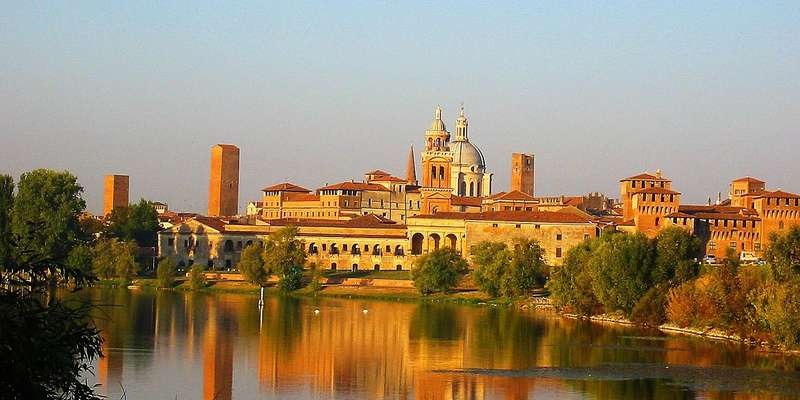- Home
- Useful Tips
- Mantua's most impressive...
Standing before Mantua's grand palaces, most visitors miss the architectural magic trick happening right before their eyes. Over 60% of travelers walk past breathtaking trompe-l'oeil details without realizing these Renaissance masterpieces were designed to fool perception. The frustration is real – you've come to experience one of Italy's greatest artistic treasures, only to later discover you failed to notice ingenious hidden dimensions in the city's frescoed facades. This oversight leaves many feeling they've missed Mantua's true essence, as these illusionistic techniques represent the pinnacle of Gonzaga-era artistic innovation. Unlike more obvious landmarks, the genius of Mantua's visual deception requires informed observation to fully appreciate the marriage of mathematics, perspective, and sheer artistic bravado that still dazzles five centuries later.


Why Mantua's optical illusions escape most visitors
The subtlety of Mantua's trompe-l'oeil effects means they're easily mistaken for ordinary decoration unless you know where – and how – to look. Unlike dramatic 3D street art, these Renaissance illusions were created for educated courtly audiences who appreciated refined visual wit. Many facades employ sophisticated foreshortening techniques that only reveal their deception from specific vantage points, often requiring you to stand at particular angles or distances. The Palazzo Ducale's courtyard, for instance, features columns that transform from round to square as you move, while seemingly three-dimensional moldings on the Cathedral's exterior prove to be perfectly flat upon closer inspection. Even seasoned art lovers frequently overlook these details when navigating Mantua's dense urban fabric without local insight into the optical games being played.
Decoding the five must-see architectural deceptions
Begin your trompe-l'oeil hunt at Palazzo Te's Sala dei Giganti, where Giulio Romano's collapsing architecture creates vertigo-inducing immersion. The Camera degli Sposi in Palazzo Ducale hides its most famous trick – the oculus ceiling that appears open to the sky – in plain sight. For street-level wonders, seek out Via Pescheria's faded commercial frescoes where painted awnings mimic real shop fixtures. The Basilica di Sant'Andrea fools the eye with its flat facade that appears deeply recessed through masterful shadow play, while Santa Maria del Gradaro's choir seemingly extends into infinite space. Each site rewards patient observation; try viewing from multiple angles and watch as flat surfaces gain impossible depth, solid walls dissolve into loggias, and static images suggest perpetual motion.
Golden hour secrets for the best viewing experience
Light transforms Mantua's architectural illusions from clever tricks into full sensory deceptions. Early morning sunlight along Via Roma activates hidden depth in facades that appear flat at noon, while late afternoon rays make Palazzo d'Arco's false balconies cast convincing shadows. Overcast days actually enhance some interior effects by eliminating competing light sources – perfect for appreciating how Andrea Mantegna's painted draperies in the Ducal Palace appear to flutter without wind. Many visitors make the mistake of rushing through these spaces, but spending 15-20 minutes in each location allows your eyes to adjust and perceive the illusions as Renaissance nobles intended. Local artists recommend revisiting sites at different times; what appears as mere decoration at 10 AM might become a breathtaking spatial paradox by 4 PM.
Beyond the obvious – where locals spot hidden details
While tourist maps highlight major sites, Mantua's most delightful deceptions often hide in plain sight. The courtyard of Casa del Mercato features a painted marketplace scene so realistic shoppers frequently attempt to interact with the figures. Via Accademia conceals a building where every architectural element between the first and third floors is pure fresco artistry. Even mundane structures like the former Post Office on Piazza delle Erbe contain playful details – look for 'carved' keystones that are actually brushstrokes. These lesser-known examples often showcase more inventive techniques than crowded landmarks, as artists experimented freely on private commissions. A slow stroll through Mantua's backstreets reveals that the tradition continues, with contemporary businesses employing trompe-l'oeil to maintain the city's legacy of visual wit.



